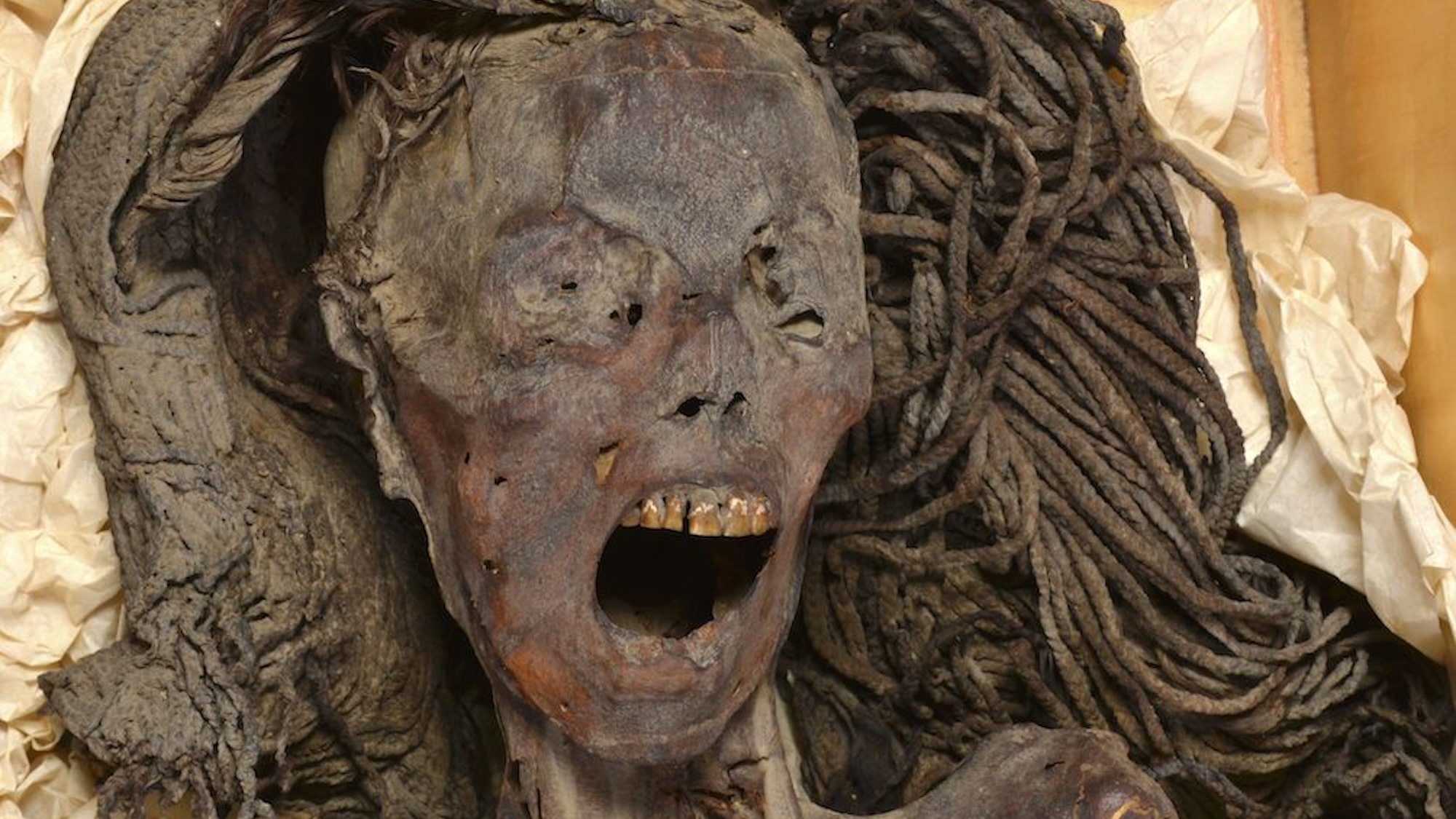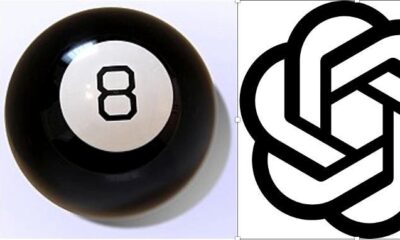Technology
‘Screaming Woman’ could solve a 2,500-year-old mummy mystery

New analysis of a famous 2,500-year-old mummy known as the “Screaming Woman” could revisit what makes for “good” versus “bad” mummification — and possibly solve a mystery that has baffled Egyptologists for nearly ninety years.
During the 21st and 22nd Egyptian dynasties, priests oversaw the movement of a wealth of dynastic remains to the Deir el-Bahari Royal Cache in Thebes (near modern-day Luxor). While the first excavations began in 1881, the Metropolitan Museum of New York conducted a follow-up survey of adjacent crypts in 1935. It was then that archaeologists first uncovered the tomb of Senmut, the royal architect and rumored lover of Queen Hatshepsut (1479-1458). BC). But beneath Senmut’s resting place lay another room, this one containing his mother, Hat-Nufer, and several unidentified relatives.
Inside one of those wooden coffins was a striking figure: the mummy of an older (for that time), richly decorated woman with her mouth frozen open as if she were screaming. although not the first mummy found with such an expression, the anatomy of the anonymous woman and the preservation techniques used raised a question for experts. Usually an open mouth is evidence of poorly executed mummification, but this did not make sense considering the royal burial of the Screaming Woman. Now, 89 years later, Egyptologists may finally have some answers about the Screaming Woman.
Radiology professor Sahar Saleem and colleagues from Cairo University’s Kasr Al Ainy Hospital have published a new study in the journal Frontiers in medicine offering never-before-seen, detailed looks at the mummy, along with reliable theories about her health at the end of her life. Thanks to CT imaging, infrared spectroscopy, scanning electron microscopy and other equipment, Saheer’s team theorizes that the open mouth of Senmut’s unidentified relative may not be due to a shoddy burial, but rather a cadaveric spasm in her final moments.
Scans show that the woman, about 48 years old, was missing several teeth at the time of death. However, these were lost earlier in her life due to signs of bone resorption, which occurs when an empty tooth socket regenerates. According to Saleem, these may even have been removed by a professional, as dentistry has its origins in ancient Egypt. Evidence of bone spurs on her vertebrae also indicates mild arthritis of the spine.

When it comes to the bodily mummification of the Screaming Woman, one surprising detail stands out: the lack of an embalming incision. Egyptologists have long believed that classical mummifications from the New Kingdom (1550-1069 BCE) involved the removal of a cadaver’s organs except their hearts, but the Crying Woman still appeared to possess them when she was buried. Therefore, Saleen theorizes that it was sometimes common practice at that time to leave organs behind in a body.
As for how she was prepared for mummification, Fourier transform infrared spectroscopy (FTIR) scans of the mummy’s skin revealed the presence of juniper and frankincense, luxuries that Egyptians would have to import from South Arabia, East Africa or the eastern Mediterranean. The woman’s natural hair was dyed with henna and juniper berry, but she also wore a long wig for the afterlife made from date palm fingers treated with albite crystals, magnetite and quartz. These were often used to stiffen the wig’s strands and make them appear black to indicate a more youthful appearance.

“These findings support the age-old trade in embalming materials in ancient Egypt,” Saleem said in an accompanying statement, noting that an earlier expedition led by Queen Hatshepsut brought frankincense, while Tutankhamun’s tomb also contained frankincense and juniper.
These embalming methods, combined with her well-preserved appearance, “contradict the traditional belief that the inability to remove her internal organs implied poor mummification,” Saleem said.
Although a definitive answer as to the cause of the Screaming Woman’s death remains a mystery, Saleem’s work indicates that practices such as organ removal were not always a defining feature of professional mummifications. If nothing else, the creepy sight is probably not due to a bad mummification job. In any case, Saleem calls the Screaming Woman a “real ‘time capsule’ of how she died and was mummified.”













